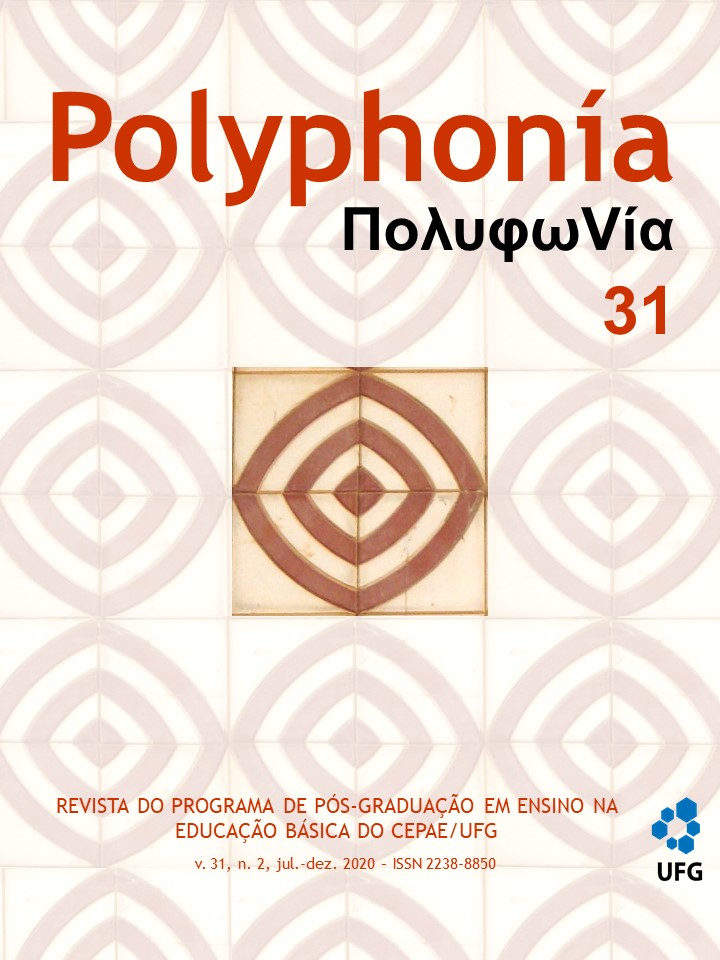Mobile learning e o uso de apps como proposta para o ensino de Ciências
DOI:
https://doi.org/10.5216/rp.v31i2.67099Abstract
This article presents reflections about mobile learning and the use of apps for the elaboration of teaching strategies for Science teachers. We intend to publicize the developed analysis of free apps and portuguese language that can be used in Basic Science and Biology classes. We conducted a survey on the Google Play Store® apps store with the keyword: "Biology". After identification and analysis, they resulted in 42 potential apps for Science teaching in a school context. These were categorized according to the typology (video or animation, simulator, set of exercises, information material, book or other); level of education (elementary school years or final years and high school); thematic and content. The apps cover the following topics and contents: Anatomy and Human Physiology (Nervous System, Digestive System, Circulatory System, Locomotor System, Respiratory System); Cellular Biology (Prokaryotic, Eukaryotic, Plant, Animal and Bacterial Cells) and Taxonomy of Living Beings. We aim to contribute to the development of new educational and training experiences, as we understand that by using new teaching strategies, based on digital technologies, teaching and learning processes, the teacher also constitutes and (re) means his teaching.Downloads
Download data is not yet available.
Downloads
Published
2020-12-17
How to Cite
DUTRA, Pâmella; BERVIAN, Paula Vanessa; DA COSTA GÜLLICH, Roque Ismael. Mobile learning e o uso de apps como proposta para o ensino de Ciências. Revista Polyphonía, Goiânia, v. 31, n. 2, p. 121–136, 2020. DOI: 10.5216/rp.v31i2.67099. Disponível em: https://revistas.ufg.br/sv/article/view/67099. Acesso em: 27 dec. 2025.
Issue
Section
Dossiê Tecnologias Digitais na Educação Básica
License
Política de direitos autorais (acesso livre). Autores que publicam nesta revista concordam com os seguintes termos: Autores mantém os direitos autorais e concedem à Revista Polyphonía o direito de primeira publicação, com o trabalho simultaneamente licenciado sob a Creative Commons Attribution License que permitindo o compartilhamento do trabalho com reconhecimento da autoria do trabalho e publicação inicial nesta revista.
Autores têm autorização para assumir contratos adicionais separadamente, para distribuição não-exclusiva da versão do trabalho publicada nesta revista (ex.: publicar em repositório institucional ou como capítulo de livro), com reconhecimento de autoria e publicação inicial nesta revista.
Autores têm permissão e são estimulados a publicar e distribuir seu trabalho online (ex.: em repositórios institucionais ou na sua página pessoal) a qualquer ponto antes ou durante o processo editorial, já que isso pode gerar alterações produtivas, bem como aumentar o impacto e a citação do trabalho publicado (Veja O Efeito do Acesso Livre).


